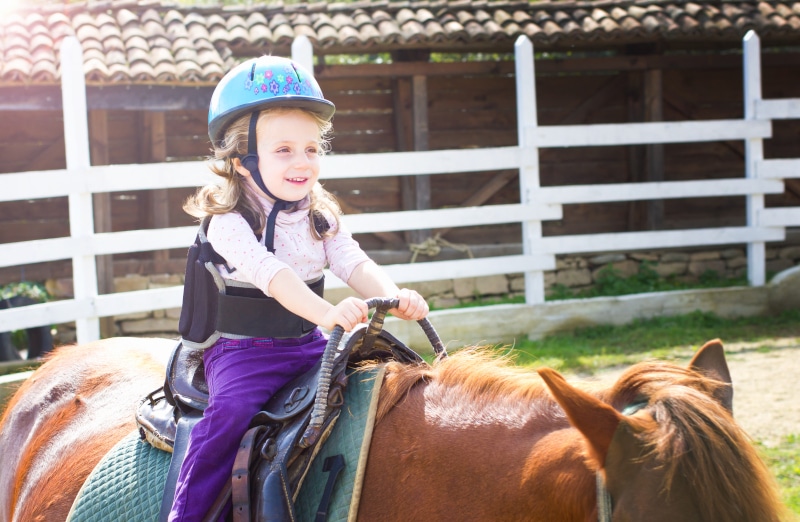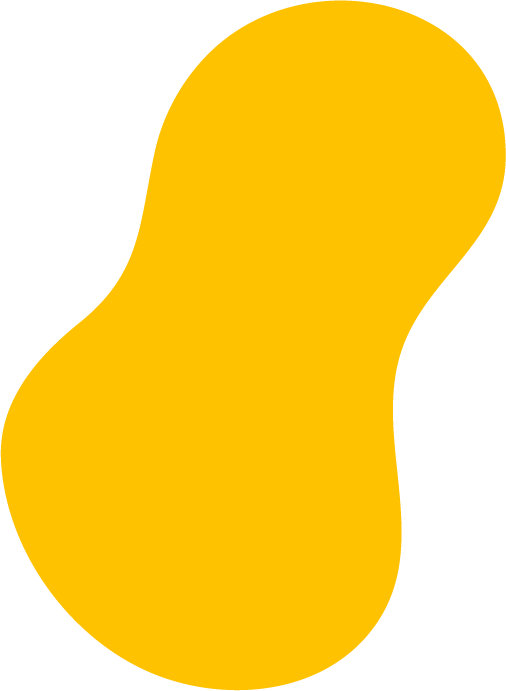Complementary and Alternative Therapy for Cerebral Palsy
Many people with cerebral palsy (CP) benefit from occupational therapy, physical therapy, and speech therapy. Time and again, these therapies have been shown to dramatically improve function and health. However, these are not the only options available for people with cerebral palsy. Research also supports the effectiveness of many complementary and alternative therapies. Here, we discuss just a few examples.
Equine-Assisted Therapy (Hippotherapy)
Children with disabilities have engaged in therapeutic horseback riding for decades. Equine-assisted therapy and hippotherapy have become increasingly popular as treatments for children with cerebral palsy. Theoretically, riding a horse can improve posture, balance, and overall function by mobilizing the pelvis, lumbar spine, and hip joints, decreasing muscle tone, improving head and trunk postural control, and developing equilibrium reactions in the trunk.
Studies have shown that hippotherapy improves gross motor function measure (GMFM) scores (the GMFM is a clinical tool that considers motor abilities such as rolling over, walking, and jumping).

Nutrition Therapy and Counseling
One of the mainstays of holistic treatment is healthy eating. In nutrition therapy, a diet is tailored specifically to individual patients. Many symptoms of cerebral palsy can be mitigated or reduced by following a healthy diet.
Nutritional counseling may especially benefit children whose cerebral palsy causes dysphagia, or difficulty with eating and swallowing (speech therapists can also help with eating and swallowing issues). It can also assist those who have digestive issues such as gastrointestinal reflux and constipation.
Acupuncture
Acupuncture is a type of traditional Chinese medicine in which fine needles are inserted into precisely defined, specific points on the body to correct disruptions in harmony, or to restore the normal flow of energy. Although research on the effectiveness of acupuncture has mixed results, there is some evidence that it can improve motor function and decrease pain in people with cerebral palsy.
Yoga
There are many yoga centers around the world designed especially for children with disabilities. Through their exercise and meditation regimens, they claim success in alleviating some of the symptoms of cerebral palsy. The benefits of yoga for people with cerebral palsy and other disabilities may include the following:
- Enhancing the natural development of the child through a series of gentle and therapeutic exercises;
- Increasing body awareness, flexibility, and strength;
- Reduction of hyperactivity and improvement of concentration by utilization of unique breathing exercises and relaxation techniques.
Body Work
Bodywork therapies include Rolfing (realignment of neck and head), the Alexander Method (a way of training the body to work more efficiently), and reflexology (a form of massage). These therapies can reduce stress and spasticity, prevent contractures, and improve blood flow and posture.
Electrical Stimulation
Electrical stimulation therapy may be able to improve muscle strength in children with cerebral palsy. One type is neuromuscular electrical stimulation, in which high-intensity but short duration electrical impulses are sent to the muscles, causing muscle contractions.
This is distinct from threshold electrical stimulation, which uses a lower-intensity stimulus that does not result in a muscle contraction. Threshold electrical stimulation is typically done while the patient sleeps. Evidence on the effectiveness of these therapies is mixed.
Conductive Education
Conductive Education was created in the 1940s to help children with motor dysfunction participate and function in society. One of its main goals is to avoid learned helplessness by having students identify new achievable goals. In the program, the “conductor” acts as teacher and therapist. Interventions include promoting independent functioning using repetition and verbalization by the child. The use of adaptive equipment such as splints, walkers, and wheelchairs in the classroom is discouraged.
The main theory behind this treatment is that problems with motor skills are problems of learning; new abilities are created out of teaching. Conductive education is implemented in many different ways, making generalizations from a single program difficult. Uncontrolled research trials show benefits from this therapy, but controlled trials have shown mixed results.


Legal Help
In some cases, cerebral palsy is caused by medical malpractice during pregnancy, birth, or the neonatal period (collectively, these issues are referred to as birth injuries). If you believe this happened to your child or loved one, please contact ABC Law Centers: Birth Injury Lawyers today. Our award-winning attorneys can provide you with a free case evaluation; in fact, the entire legal process will be free of charge if we don’t win your case.
Featured Videos
Posterior Position
Hypoxic-Ischemic Encephalopathy (HIE)

Featured Testimonial
What Our
Clients Say…
After the traumatic birth of my son, I was left confused, afraid, and seeking answers. We needed someone we could trust and depend on. ABC Law Centers: Birth Injury Lawyers was just that.
- Michael
Helpful resources
- Dietary Needs for Kids With Cerebral Palsy. (n.d.). Retrieved from https://kidshealth.org/en/parents/diet-cerebral-palsy.html
- Mumal, I. (2018, February 21). Hippotherapy in Cerebral Palsy Can Help with Trunk Strength and Control. Retrieved from https://cerebralpalsynewstoday.com/2018/02/21/hippotherapy-in-cerebral-palsy-can-help-trunk-strength-and-control/
- Therapeutic Horse Riding for Cerebral Palsy. (n.d.). Retrieved from https://www.equestriantherapy.com/therapeutic-horse-riding-cerebral-palsy/
- Casady, R. L., & Nichols-Larsen, D. S. (2004). The effect of hippotherapy on ten children with cerebral palsy. Retrieved from https://www.ncbi.nlm.nih.gov/pubmed/17057544
- Sun, J. G., W., & Sun, X. R. (2004, July 01). Randomised control trial of tongue acupuncture versus sham acupuncture in improving functional outcome in cerebral palsy. Retrieved from https://jnnp.bmj.com/content/75/7/1054
- Bodywork therapies. (n.d.). Retrieved from http://www.minddisorders.com/A-Br/Bodywork-therapies.html
- Premkumar, K., & Premkumar, K. (2000). Interactive pathology for massage therapists. Baltimore: Lippincott Williams & Wilkins.
- Wiart, L., MScPT. (n.d.). Stretching with Children with Cerebral Palsy: What Do We… : Pediatric Physical Therapy. Retrieved from https://journals.lww.com/pedpt/Fulltext/2008/02020/Stretching_with_Children_with_Cerebral_Palsy__What.8.aspx
- McMullen, L. (n.d.). Yoga with Cerebral Palsy: Ryan McGraw’s Story. Retrieved from https://health.usnews.com/health-news/health-wellness/articles/2013/04/30/yoga-with-cerebral-palsy-ryan-mcgraws-story
- Home. (2018, September 14). Retrieved from https://conductivelearningcenter.org/
- Cerebral Palsy Alliance Research Foundation. (n.d.). Conductive education (Interventions & Therapies). Retrieved from https://research.cerebralpalsy.org.au/about-cerebral-palsy/interventions-and-therapies/conductive-education/
- Threshold Electrical Stimulation as a Treatment of Motor Disorders. (2014, January). Retrieved from https://providers.bcbsal.org/portal/documents/10226/1791629/Threshold Electrical Stimulation as a Treatment of Motor Disorders/85c227e7-f84a-41b3-90a8-c0c89e8df577?version=1.0
- Walker, J. L., Ryan, S. W., & Coburn, T. R. (2011, May). Retrieved from https://www.ncbi.nlm.nih.gov/pmc/articles/PMC3069301/
- Bosques, G., Martin, R., McGee, L., & Sadowsky, C. (2016, February 9). Does therapeutic electrical stimulation improve function in children with disabilities? A comprehensive literature review. Retrieved from http://axiobionics.com/wp-content/uploads/2017/01/BosquesDoesTherapeuticNMESImproveFunctioninChildren2016.pdf


